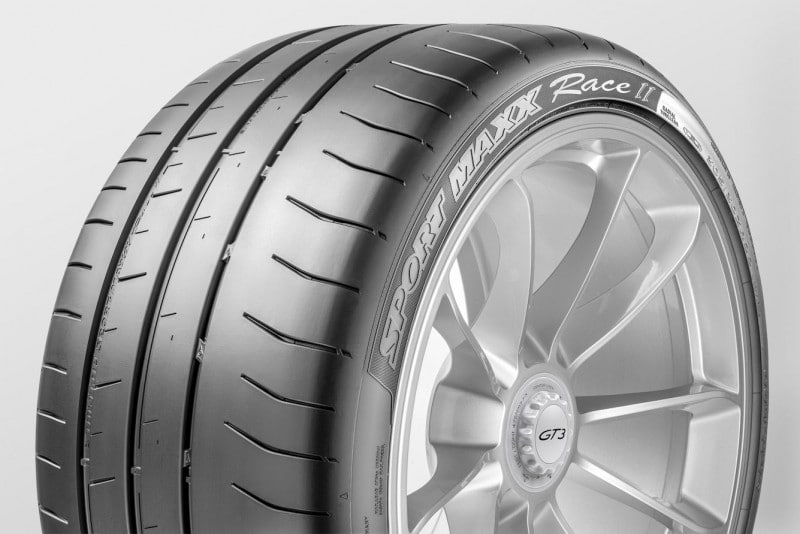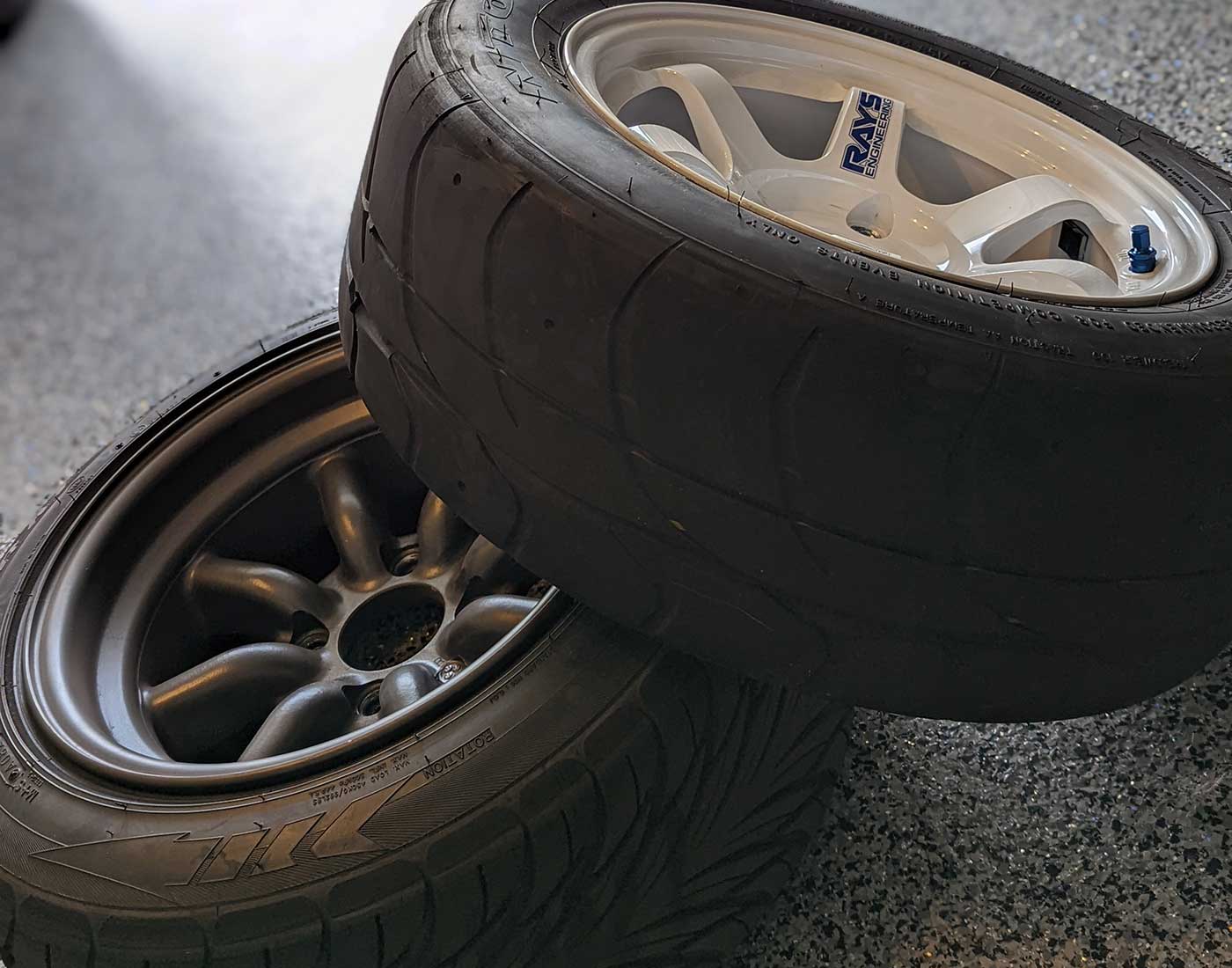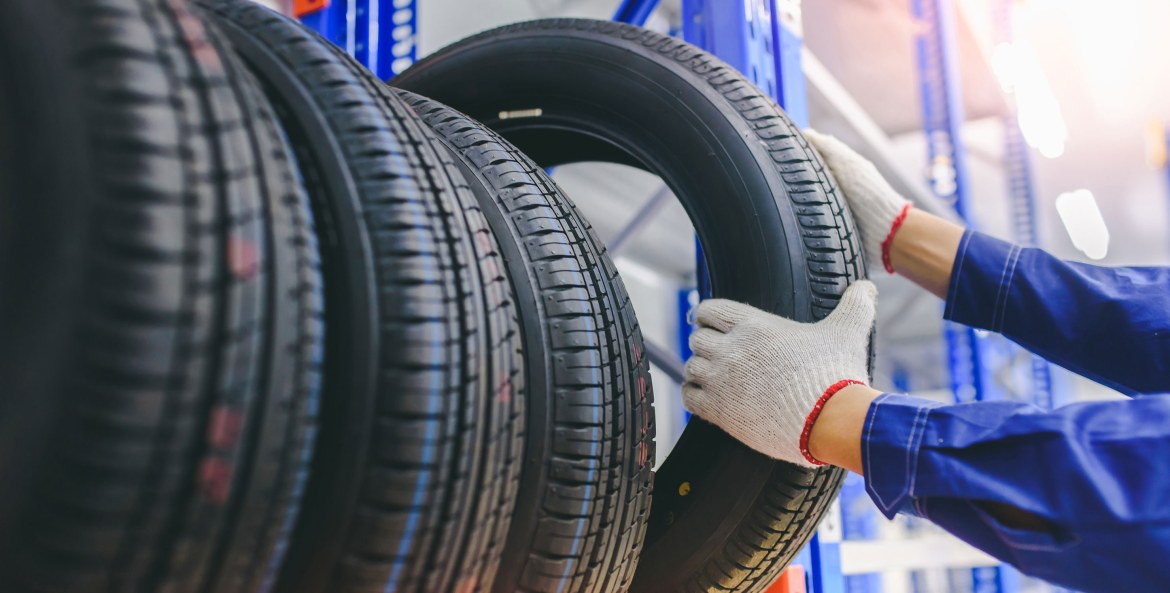All Categories
Featured
Table of Contents
The Michelin supplied a comfy driving experience, qualified by responsive steering and a modern understeer balance. Regardless of the cooler screening conditions, Michelin's constant time and hold over 3 laps shows its viability for real-world applications. On the other hand, Yokohama's performance was distinctive. While its super-quick guiding led to a rapid front axle turn, the rear showed a tendency to turn much more.
The tyre's initial lap was a 2nd slower than the second, pointing to a temperature-related hold rise. For daily usage, the Michelin may be a more secure wager.
Wheel Alignment
It shared Michelin's secure understeer equilibrium but lacked the latter's determination to turn. Continental and Goodyear's performances were significant, with Continental's new PremiumContact 7 showing a considerable renovation in wet problems contrasted to its predecessor, the PC6. This version was far less conscious fill changes and acted similar to the Michelin, albeit with slightly less communication at the restriction.
It combined the risk-free understeer balance of the Michelin and Continental with some sporty handling, verifying both foreseeable and quick. As an all-rounder for this Golf GTI, Goodyear's Asymmetric array was the standout, demonstrating remarkable performance in the wet. The Bridgestone Potenza Sporting activity took the crown as the fastest tyre, albeit by a small margin.
Vehicle drivers looking for an interesting wet drive may locate this tyre worth thinking about. The standout performer in wet braking was the newest tyre on examination, the PremiumContact 7, though the outcomes are nuanced.
Affordable Cheap Car Tyres (Dayton WA)
Ideally, we wanted the cold temperature test to be at around 5-7C, yet logistical delays implied we examined with an ordinary air temperature level of 8C and water at 12C. While this was cooler than basic examination problems, it was still warmer than real-world problems. The warm temperature test was done at an average of 18C air and 19C water.
The third run involved wet stopping tests on used tyres, especially those machined down to 2mm with a little run-in. While we intended to do even more with these worn tires, weather restrictions restricted our screening. However, it's worth keeping in mind that damp braking is most important at the used state, as tires typically enhance in completely dry problems as they put on.

Bridgestone, Goodyear, and Michelin saw the least performance reduction when worn. The Hankook tyre registered the smallest performance decline as temperature levels cooled down, yet it was among the most affected when worn.
Tyre Servicing – Swan
The take-home message here is that no solitary tyre mastered all elements of damp stopping, suggesting a complex interplay of factors affecting tire efficiency under various problems. There was a standout tyre in aquaplaning, the Continental completed top in both straight and curved aquaplaning, with the Michelin and Goodyear likewise excellent in much deeper water.

Yokohama might benefit from somewhat even more grip, a concern possibly influenced by the cooler problems. When it comes to handling, all tires carried out within a 2% variety on the lap, showing their high-grade performance (Car tyres). Nonetheless, considering these tyres basically target the exact same client, it's fascinating to observe the substantial differences in feeling.
The surprise is because the PremiumContact 6 was among my favourites for sporty dry drives, yet its follower, the PremiumContact 7, seems a lot more fully grown and resembles Michelin's performance. Amongst these, Hankook was the least specific in guiding and communication at the restriction. Tyre offers. Both Michelin and Continental used beautiful preliminary guiding, albeit not the fastest
If I were to suggest a tire for a quick lap to a newbie, say my dad, it would certainly be one of these. After that we have the 'fun' tires, namely Yokohama and Bridgestone. Both were quick to guide and felt sportier than the others, however the trade-off is a much more spirited rear end, making them more tough to deal with.
Trusted Budget Car Tyres Near Me (Dayton)
It gave similar guiding to Bridgestone but supplied much better feedback at the limitation and better grip. The Bridgestone Potenza Sporting activity, however, seemed to deteriorate fairly swiftly after simply 3 laps on this requiring circuit. There's Goodyear, which placed itself someplace between the fun tyres and those often tending in the direction of understeer.
Overall, these tires are outstanding entertainers. For roadway use, I would certainly lean in the direction of either the Michelin or Goodyear, depending upon your particular preferences. In regards to tire wear, the approach used in this test is what the market refers to as the 'gold standard' of wear. The wear professionals at Dekra performed this examination, which entailed a convoy of vehicles passing through a meticulously planned route for 12,000 kilometres.
Both the Bridgestone and Yokohama tires significantly underperformed in comparison to the other four tires in terms of rolling resistance, with Continental a little outmatching the rest. Pertaining to the convenience degree of the tyres, as anticipated, the majority of showed an inverse correlation with handling. The Continental, Michelin, and Goodyear tyres done best throughout different surface kinds tested.

Bridgestone began to show indicators of firmness, while Yokohama was specifically jarring over gaps. We did gauge internal noise levels; nevertheless, as is commonly the situation, the outcomes were very closely matched, and as a result of weather constraints, we were incapable to conduct a subjective analysis of the tires sound. Finally, we considered abrasion figures, which determine the quantity of tyre tread lost per kilometre, normalised to a one-tonne vehicle.
Premium Tyre Selection Near Me – Dayton WA
This figure stands for the quantity of rubber dust your tires generate while driving. Michelin led in this group, generating over 9% much less rubber particle matter.
Latest Posts
Performance Tyres Near Me ( Wanneroo 6064 WA)
Reliable Discount Tyres (Girrawheen)
Cheap Tyres